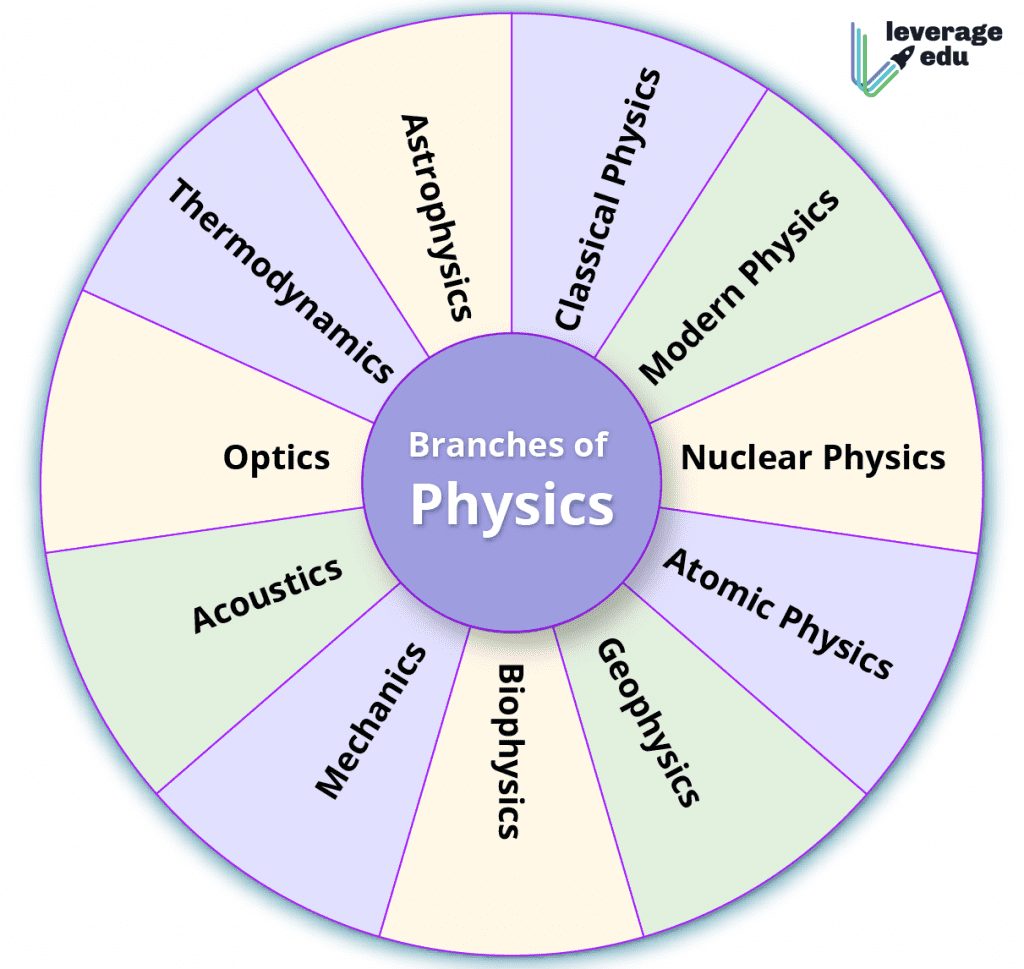Physics and painting may initially appear to inhabit divergent realms; one rooted in empirical observation and quantitative analysis, the other steeped in subjective interpretation and emotive expression. Yet, upon deeper examination, one can unearth a fascinating intersection where the meticulous brushstrokes of an artist resonate harmoniously with the profound principles governing the universe. This prompts a captivating question: Can the integration of physical principles within the artistic domain yield new dimensions of creativity and understanding? More intriguingly, what challenges might arise when artistic expression attempts to encapsulate the often abstract concepts of physics?
To explore this further, one must first disentangle the foundational elements of both disciplines. Physics is fundamentally a study of matter, energy, and the interactions that govern them, ranging from the infinitesimally small particles known as bosons—such as the Higgs boson—to the magnificently expansive cosmos. Conversely, painting is an artisanal craft, mediated through color, form, and composition, meticulously crafted to evoke emotional response and communicate complex ideas.
One might argue that painting serves as a visual representation of physical systems, an attempt to distill the complexity of the universe into a form perceivable by the human eye. For example, the artwork of Jackson Pollock, with its chaotic splatters and drips, can be likened to a visual representation of quantum mechanics, where uncertainty and probabilistic behavior dominate the landscape. In both cases, the artist and the physicist share a penchant for exploring the unknown, grappling with variables that defy straightforward interpretation.
Furthermore, the rigorous principles of physics often find parallel expressions in painting technique. Color theory, for instance, encompasses the interaction of light and matter, territories well-trodden by both physicists and artists. The use of complementary colors can be viewed through the prism of wavelength relationships, where the perceived brightness of colors hinges upon their spatial attributes in relation to one another. An artist might manipulate these relationships to enhance visual harmony, akin to how physicists manipulate variables to achieve desired outcomes in experiments.
However, the synthesis of physics and painting is not without its challenges. For an artist seeking to portray the intricate dance of particle interactions, the pursuit of accuracy may engender a struggle against the very essence of artistry—the freedom to innovate and create unconventionally. Can the rigors of scientific methodology stifle the organic flow of inspiration? The question looms: is there a transformative balance to be struck, or does one inevitably compromise the essence of the other?
This dichotomy raises poignant inquiries about the boundaries of each discipline. While physicists often rely upon mathematical language as the medium of their discourse, artists speak through visual language. Pondering whether mathematical concepts can be transmuted into visual forms presents a daunting challenge. How might the complex equations governing electromagnetism translate into a canvas of color and shape? This exploration beckons for innovative techniques, such as the use of fractals or the depiction of wave-particle duality, where the artist can visually communicate the interplay of light and matter.
Consider the work of contemporary artists who engage with themes of physics as a source of inspiration. Artists such as Anish Kapoor have explored concepts of void and infinity, using physical materials and unique spatial designs to evoke feelings of vastness akin to those found in theoretical physics. In this sense, Kapoor’s sculptures act as a bridge between physical reality and painterly abstraction, reflecting the philosophical inquiries central to both fields.
Moreover, embedding a scientific narrative within painted works can lead to a richer artistic experience. By encapsulating phenomena such as the curvature of spacetime or the entanglement of particles within a visual format, the artist serves not merely as a creator but as a communicator of complex ideas. This interlacing of physics with art ultimately invites the viewer to engage with the work on a cerebral level, fostering a deeper appreciation for the harmony that exists between seemingly disparate domains.
In any case, the juxtaposition of physics and painting invites a resolution to the challenges presented. Artists may evolve their techniques, incorporating scientific principles as a foundation while allowing their creative instincts to flourish. The melding of brushstrokes and bosons can thus become a conduit for exploring abstract concepts—an elusive synthesis that celebrates creativity while honoring the ethos of scientific inquiry.
In conclusion, while the convergence of physics and painting poses formidable questions and challenges, it simultaneously opens avenues for exploration that enhance both disciplines. As artists continue to probe the mysteries of existence, they can illuminate physical truths through the lens of creativity. The essence of this endeavor lies in the shared curiosity that unites physicists and artists alike—the relentless pursuit of understanding our universe, not merely through rigorous formulas but also through the evocative power of art. This interplay not only enriches the artistic landscape but also broadens the horizon of scientific discourse, inspiring future generations to embrace the interconnectedness of all knowledge.










